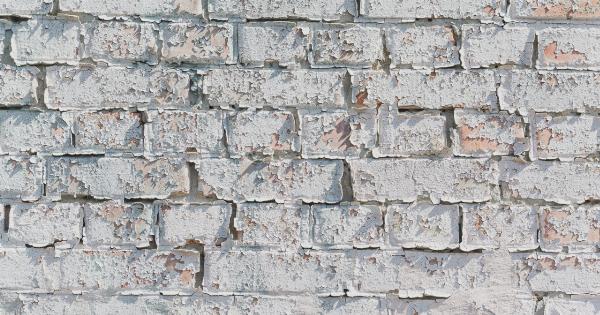The digestive system is one of the most essential systems in the human body, responsible for breaking down food into its nutrient components and distributing it to the body’s cells.
The digestive system is a long and complex system that starts with the mouth and ends at the rectum. The journey through the digestive system takes between 30 and 40 hours and involves the work of a range of organs and enzymes.
The Mouth and Salivary Glands
The journey through the digestive system begins with the mouth. The mouth is where food is firstly taken in and where it is broken down. The teeth’s function is to break the food down into smaller pieces so that it can be swallowed easily.
The glands in the mouth called the salivary glands are responsible for producing saliva that contains amylase, which is an enzyme that begins the breakdown of carbohydrates.
The Esophagus
After food is chewed and mixed with saliva in the mouth, it is then swallowed and moves down the esophagus – a long, muscular tube that connects the pharynx (the cavity behind the mouth and nasal passages) to the stomach.
During swallowing, the epiglottis covers the opening of the trachea to prevent the food from entering the lungs. The muscles in the esophagus push the food down in a wave-like motion called peristalsis.
The Stomach
Once the food reaches the stomach, it is further broken down into small pieces. The stomach contains hydrochloric acid and enzymes that help break down food.
The stomach’s lining is made up of folds called rugae that expand as food is added and shrink as it is emptied. The stomach can hold up to 2 liters of food and mixes the food with digestive juices. Once the food has turned into a thick liquid called chyme, the stomach’s muscles contract and push it into the small intestine.
The Small Intestine
The small intestine is about 6 meters long, and it’s where most of the nutrients from food are absorbed. The first part of the small intestine is the duodenum, which receives the chyme from the stomach and its digestive juices.
The liver and pancreas also release enzymes into the duodenum to aid in digestion. In the jejunum and ileum, the remaining nutrients are absorbed into the bloodstream. The small intestine is lined with tiny finger-like projections called villi that help increase the surface area of the intestine for more efficient absorption.
The Large Intestine
The large intestine is about 1.5 meters long, and its primary function is to remove water and electrolytes from the remaining indigestible food matter and form solid feces.
The first part of the large intestine is the cecum, which is where a small pouch called the appendix is attached. The colon is divided into four sections: the ascending colon, transverse colon, descending colon, and sigmoid colon. In the sigmoid colon, feces are formed and stored until they are eliminated through the rectum and anus.
The Rectum and Anus
The rectum is the last part of the large intestine, and it stores feces until it is time to eliminate them. The anus is the opening at the end of the digestive system through which feces are expelled.
The anal sphincter controls the anus’s opening and is under both voluntary and involuntary control. Once the feces are eliminated, the journey through the digestive system is complete.
Factors Affecting Digestion
Several factors can affect digestion, including diet, stress, medication, and chronic conditions. A diet high in fat, sugars, and processed foods can slow digestion and lead to constipation.
Stress can cause a range of digestive problems, such as acid reflux, stomach pain, and diarrhea. Certain medications can disrupt the digestive system’s balance, such as antibiotics, which can kill beneficial gut bacteria.
Chronic conditions such as Crohn’s disease and ulcerative colitis can also affect the digestive system’s ability to function correctly.
Conclusion
The journey through the digestive system is long and complex, involving the work of many organs and enzymes. Each part of the digestive system plays a critical role in breaking down food and distributing nutrients throughout the body.
A healthy diet, regular exercise, and managing stress are essential factors in maintaining a healthy digestive system. It’s also important to identify and address any digestive problems to prevent long-term health issues.






























